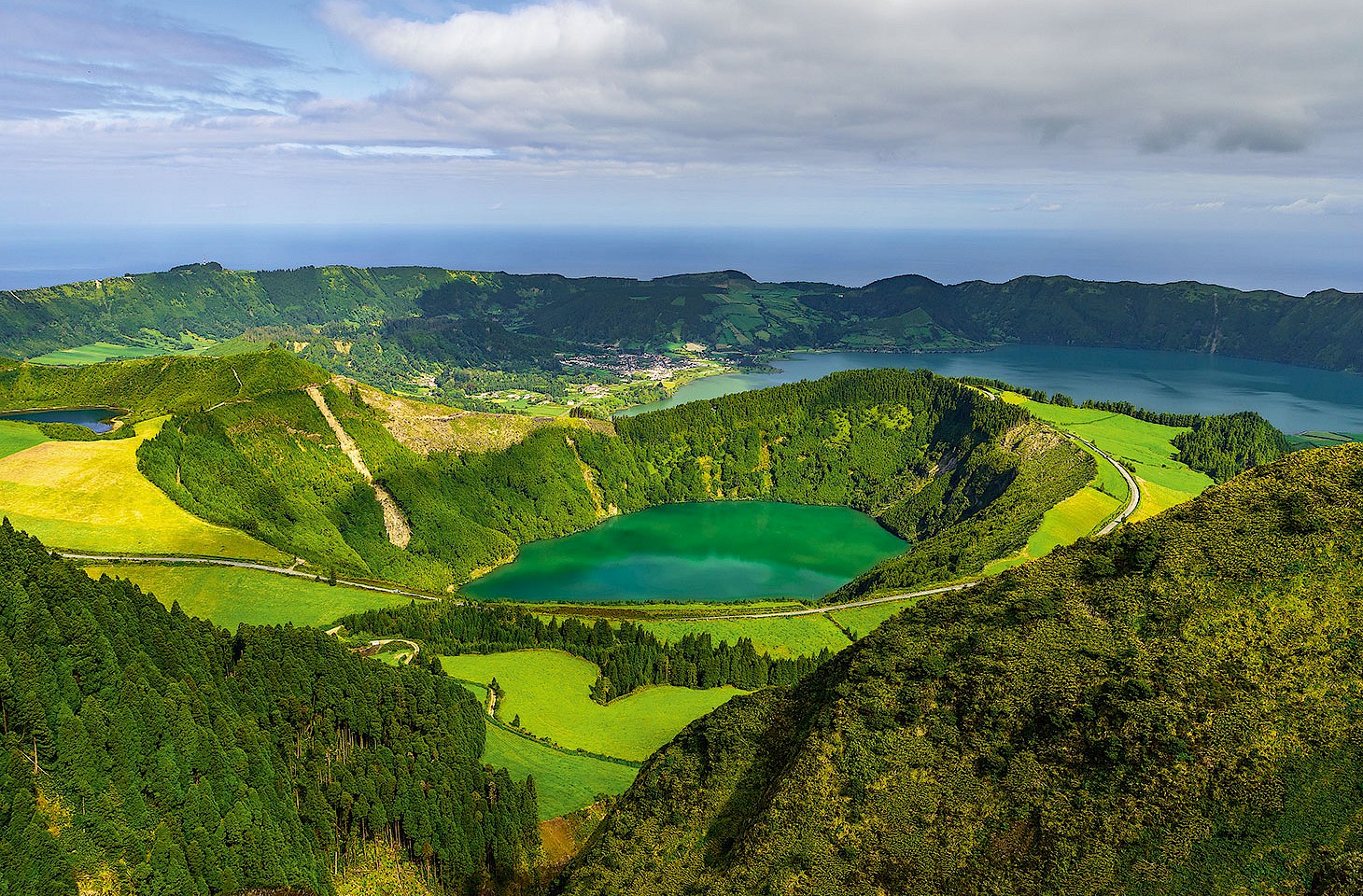The Coronavirus pandemic has had a radical impact on the guidebook trade. Travel patterns have changed, and publishers are finding that every detail in their guidebooks now needs to be thoroughly checked more diligently than usual. Favoured hotels and restaurants may sadly have closed their doors for ever. We take a look at how one of the most celebrated European publishers of travel guides, the Leipzig-based Baedeker company, updated their Switzerland Handbook over a 24-year period from 1881 to 1905.
In 1881, the nameless author of a Baedeker guide cautioned his readers that “glacier-water should not be drunk except in small quantities, mixed with wine or cognac.” And, on the matter of cold milk, the Baedeker Switzerland Handbook for Travellers advised that it is “safer when qualified with spirits.”
A generation later, now in 1905, and a dozen edi tions on in Baedeker’s series of guides to Switzerland, precisely the same advice was still be ing com municated to English-speaking readers. The principle was not reserved to an English-language audience, although the bever age advice was nuanced to ac commodate per ceived national differ ences. While well-prepared Eng lish tourists gather ed by glaciers armed with a supply of wine or cognac, German visitors to those same icy spots, duti fully following Baedeker’s advice in the German lan guage edi tion of the 1900 guide, were using rum rather than cognac to add a bit of punch to their glacier water.
Beware of interlopers
Early Baedeker guides deftly melded severe advice with veiled prejudice. So while the English needed to be warned to avoid the stale bread served in Alpine huts, the Germans — presumably all men of an altogether tougher disposition — took this culi nary challenge in their stride and didn’t need advance notice. In German editions from the late 19th century and early years of the last century, travellers were warned of the dangers of ‘hangers- on’ — viz. foreign tourists in the mountain regions of Switzerland who might attempt to latch onto a small group of German hikers intent on visiting a glacier or two. Baedeker warned that, though surely good-humoured souls, these casual inter lopers might not be properly clad and may not necessarily have the same Teutonic commitment to pain and suffering on rain-lashed mountain paths.
Curiously, English travellers — who generally took an al together more casual approach to moun tain excursions — were not forewarned of the dangers of uninvited intru ders. It’s a nice ex ample of how different Baedeker audiences received tailored advice. German-language editions of Baedeker’s guides to the Riviera carefully pointed out which areas German visitors may wish to avoid if they preferred not to be swamped by English tourists. The west bay at Sanremo, on the coast of Liguria, was a case in point if Baedeker’s 1903 guide to Italy was to be trusted.




